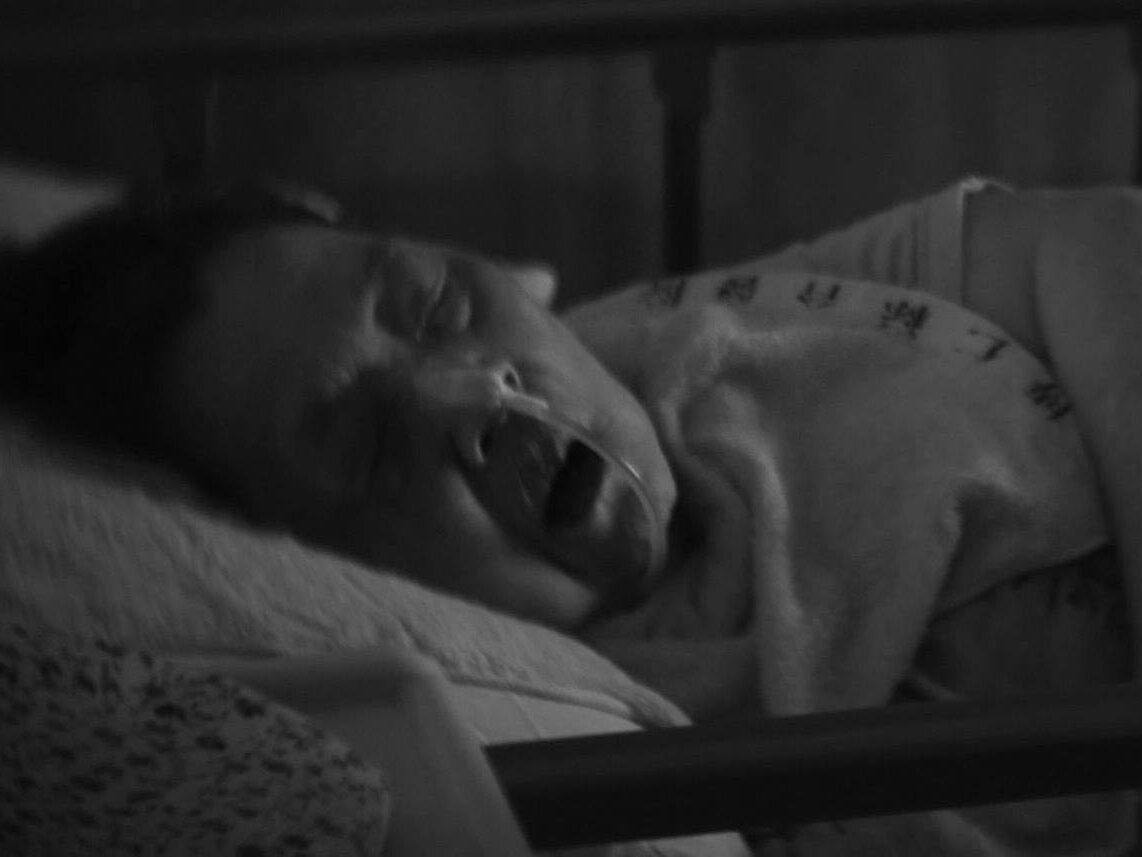All those dogs Canadians adopted during the pandemic? They’re a little undersocialized now.
“I’m not taking him if he’s this anxious,” said a potential puppy-sitter we found on Rover, an Airbnb-style app that matches pet owners with walkers and boarders.
I couldn’t blame her: our pandemic puppy had just spent 20 minutes barking at her while we tried to exchange pleasantries during our first meeting in a neighbourhood park. Any attempt she made at engaging our dog was met with a lunge and a growl.
“He’s really sweet once you get to know him,” I said, laughing nervously.
“Have you tried CBD oil?” she responded.
Back in March 2020, when COVID first hit and so many of us were sent home to work remotely, memes with grinning dogs started circulating, proclaiming how at least the canines of the world were enjoying everyone suddenly being housebound.
Then came another trend: people started adopting dogs in droves. One survey found 3.7 million Canadians, or 10 per cent of the population, adopted, purchased or fostered a cat or dog during the pandemic.
There was one wee problem, though: dogs need various types of socialization, like interacting with other humans and other dogs, which was difficult during the early days of lockdown when streets were empty and people avoided each other on sidewalks.
They also need to get used to being away from their owners—another challenge when their owners were ordered to go home and stay there.
Aron Broder, a 25-year-old actor who lives in Toronto, was in theatre school and studying online in March 2020 when she got Mawzie, a six-month-old corgi mix.
After restrictions lifted and Broder started going to in-person rehearsals, she realized that leaving Mawzie at home wasn’t going to be as easy as settling him in his crate and closing the door.
“When I start putting on makeup, his tail goes down. I see it in his eyes,” she says. “When I shut the door, he starts barking non-stop and he’ll go to the bathroom in his crate.” Mawzie would also scratch the crate and himself, often hurting himself in the process.
Carolyn Hatfield, owner of the Canine Social Company in Toronto, says that during the pandemic, she’s seen a striking change in dogs who are introduced to the daycare , in how they handle being away from their owners and interact with other dogs.
“We used to approve 90 to 95 per cent of dogs,” Hatfield says. “Now we’re seeing [about] 40 per cent not getting approved.” Some suffer from separation anxiety, she says, which “manifests almost like a deer in headlights: ‘Why am I here? I’m scared.’ ”
Philip Rooyakkers, owner of the Urban Puppy Shop in Vancouver, is also seeing anxious pups at his doggy daycare. Even dogs who had previously been happy to be dropped off for the day weren’t happy about being separated from their owners after the lockdowns lifted.
“They’ve been so secure in that connection with their owners,” says Rooyakkers. “I’ve trained probably upwards of 1,000 people on how to raise a puppy in the first year, and one of the things I always try to ensure is that people give the puppy time away from [their owners] to teach them how to be comfortable on their own.”
So what does this mean for dog owners whose pups are a little too attached to them? Broder says she’s spent thousands of dollars in training and is now able to leave Mawzie for four hours at a time without him getting too worked up.
For our part, we put more effort into acclimatizing our pup to his puppy-sitter than we did our first-born child to daycare. But the effort paid off—the sitter is now one of his “people,” and he’s just as happy at her place as he is at home.
We’re still working on the strangers he meets on the street—he still goes for the occasional lunge and growl. Of course, part of this is just learning what it means to be a dog owner. “I didn’t expect leaving him to be this hard,” says Broder.
I didn’t expect any of it to be this hard.
source Maclean’s
分類
